https://youtube.com/watch?v=BQwo9q-FV-w
Scientists developed an accurate AI-based ‘Aging Clock’ that tells our biological age for free and helps us to rewind our clock.
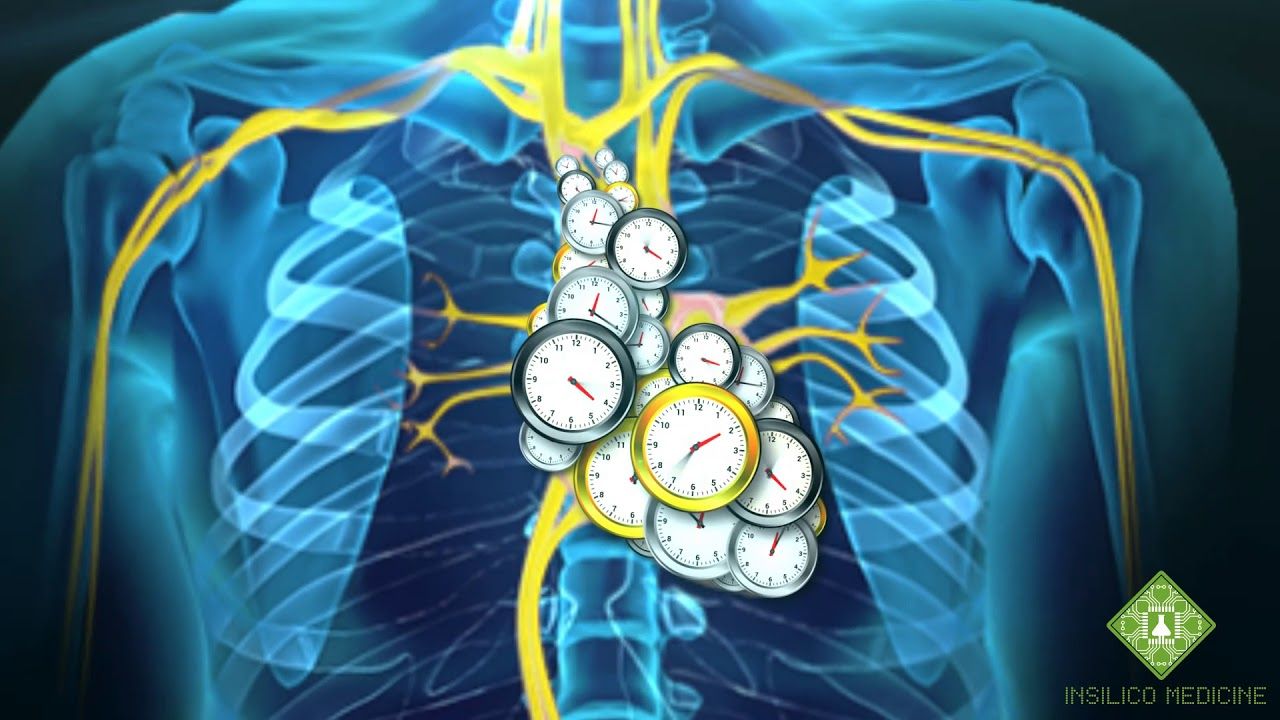
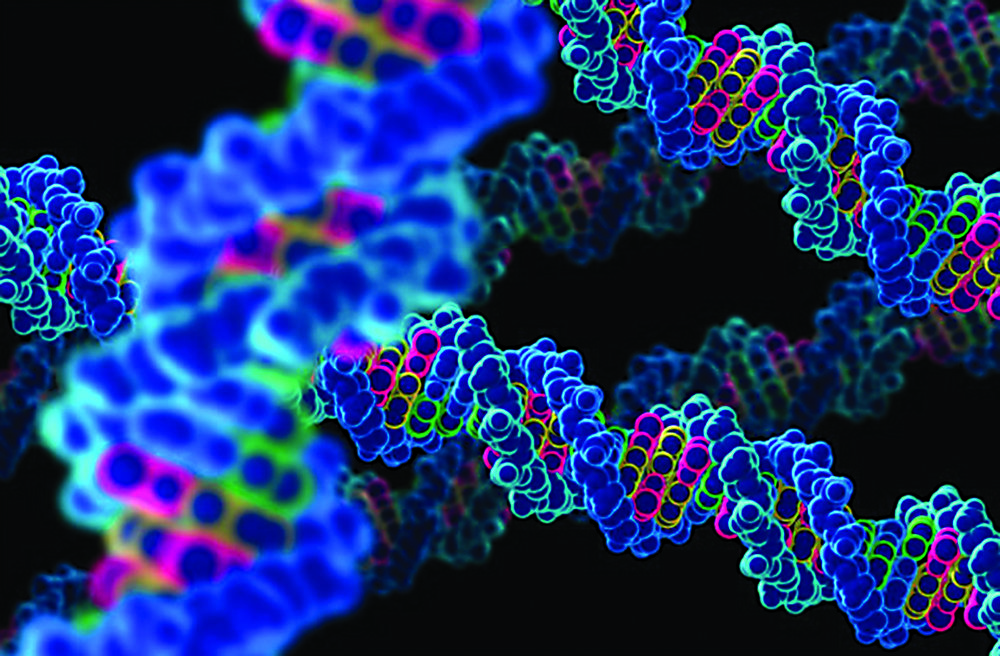
BioViva is a platform to expedite the development of drugs and treatments that affect human healthspan. To achieve this goal BioViva has developed a comprehensive set of biomarkers of aging, which include molecular, physiological, anatomical, clinical, and qualitative markers. BioViva also collaborates with clinicians, biomedical scientists, and statisticians to develop innovative protocols for adaptive clinical trials for gene and cells therapies. Finally, BioViva has built a bioinformatics pipeline to analyze the data generated from the biomarkers of aging in human trials, and validate the treatments that are effective for treating the aging process.
BioViva has recently partnered with a paid-for clinical trial company Integrated Health Systems (IHS). IHS connects doctors with patients who want to take part in paid-for clinical trials. During our collaboration with IHS they will utilize our adaptive clinical trial protocols to conduct gene and cell therapy trials. All patients will undergo pre- and post testing using BioViva’s comprehensive biomarkers of aging platform. Treatment efficacy, and patient well being will be assessed using our bioinformatics pipeline…
The goal of BioViva is to accelerate the development of products that will effectively, and cost-efficiently treat biological aging. Our platform is designed to provide expedited and reliable feedback to our clinical and manufacturing partners, so that they may rapidly iterate their products and services to help patients improve the quality and quantity of life.

Summary: Researchers who just finished a precision cancer treatment trial at Children’s Hospital Los Angeles just reported that three out of four adult and child cancer patients responded favorably to a new precision therapy which targets a gene mutation. [This article first appeared on LongevityFacts. Author: Brady Hartman. ]
Children’s Hospital Los Angeles (CHLA) reports that three-fourths of adults and children with a variety of advanced cancers in different sites of the body responded to a novel therapy called larotrectinib that targets a specific genetic mutation.
The researchers published the results of this phase 1/2 trial on February 22, 2018, in the New England Journal of Medicine.
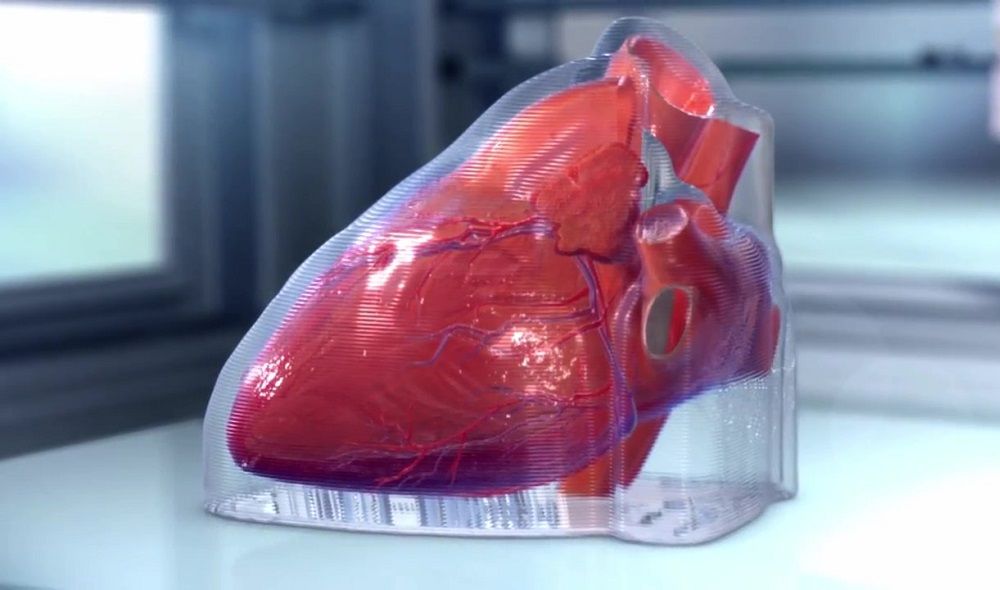
Summary: A startup wants to develop bioprinted beating hearts using stem cells from a patient’s own body using a special 3D bioprinter. [This article first appeared on LongevityFacts. Author: Brady Hartman. ]
A startup called BioLife4D wants to develop bioprinted beating hearts using a patient’s own cells as solution for patients seeking heart transplants.
As first reported on USAToday, Steven Morris, the CEO founding partner and of BioLife4D says that if the bioprinted heart is successful, the company hopes to expand to other organs including the pancreas or the kidneys.
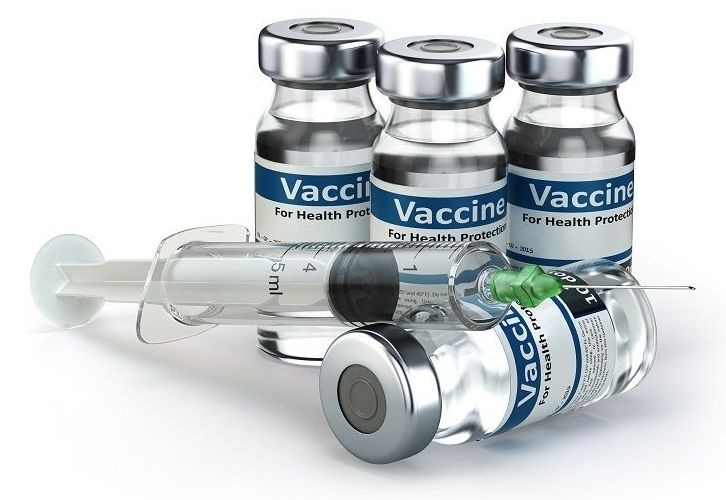
Summary: Cancer vaccines could prevent around 1,000,000 cancer deaths each year, according to a report by the World Health Organization this month. [This article first appeared on LongevityFacts. Author: Brady Hartman. ]
In a Feb 2018 report, the World Health Organization (WHO) estimates that infectious diseases cause 15% of all cancer deaths, and universal vaccination could prevent around one million cancers annually, saying.
“Cancer is the second leading cause of death globally, and was responsible for 8.8 million deaths in 2015.” Adding “Globally, nearly 1 in 6 deaths is due to cancer.”
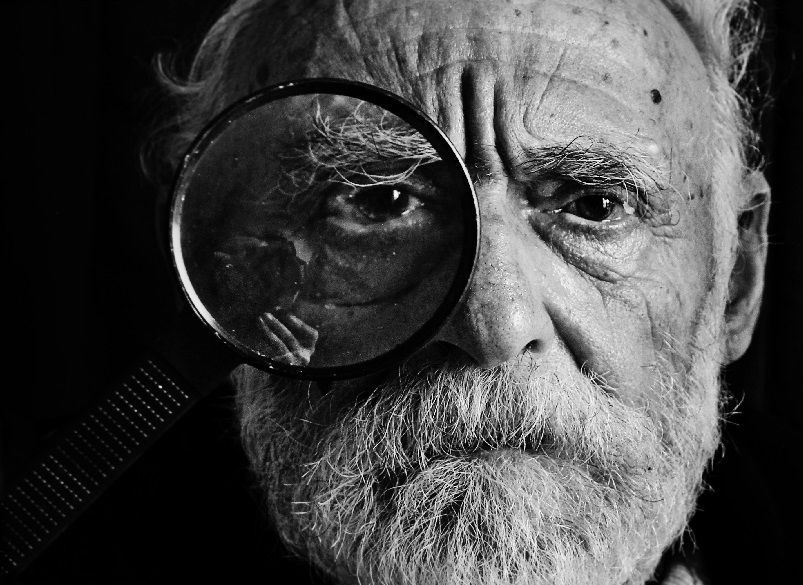
Summary: Aging biomarkers found in a simple urine test can potentially measure how much our body has aged and could predict our future health. [This article first appeared on LongevityFacts. Author: Brady Hartman. ]
Determining our biological age and future risk of ill health may be as simple as a urine test one day.
In a new study, a team of researchers led by Jian-Ping Cai in the MOH Key Laboratory of Geriatrics at Beijing Hospital discovered two new aging biomarkers in urine that come from the oxidation of RNA and DNA. The new markers could potentially help predict our risk of developing an age-related disease, and even our risk of death.
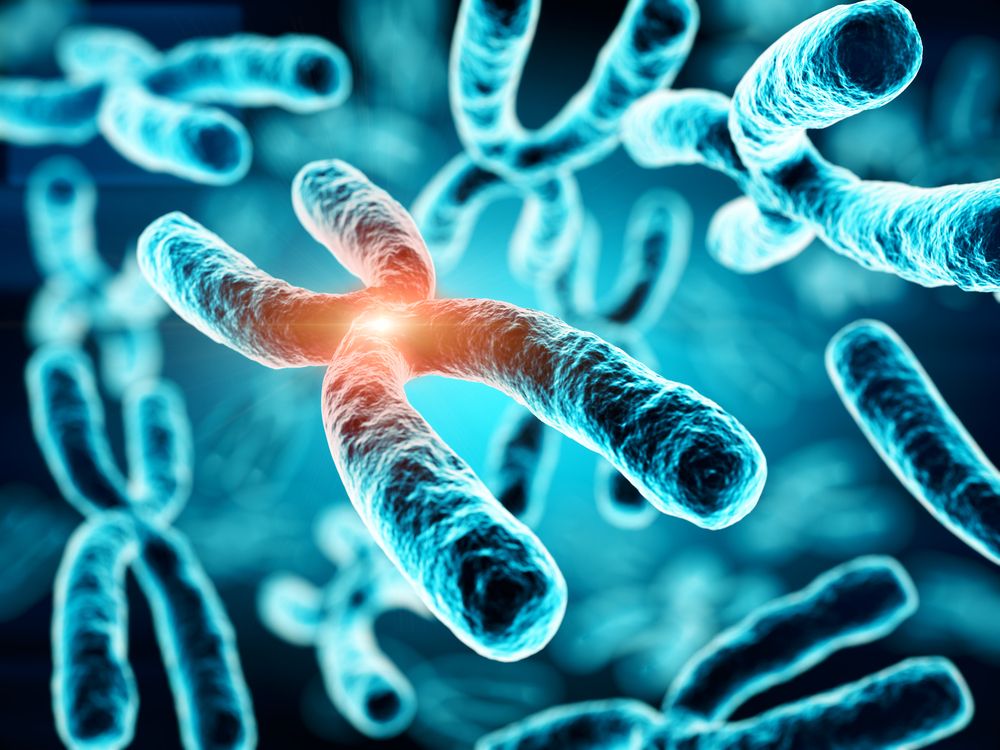
Researchers at the School of Molecular Sciences at Arizona State University have discovered a potential way to supercharge our stem cells and reverse some aspects of cellular aging.
The Hayflick limit
Normal cells cannot divide indefinitely; they have a built-in replicative limit, which is often called the Hayflick limit after its discoverer, Leonard Hayflick. This Hayflick limit means that regular human cells are unable to replicate forever; once they reach their replicative limit, they cease to divide and enter senescence, a nondividing state in which the cell destroys itself.


Scientists have been rejuvenating old mice with infusions of not just the blood of younger mice, but even blood from teenage human beings — and we finally have our first clues on why this strange technique works.
Researchers have discovered an enzyme that helps rescue ageing brains from cognitive decline. So far it’s only been shown in mice, but if the same mechanisms are found in humans, it could lead to a new class of anti-ageing therapies.
Four years ago, a team of researchers led by neurobiologist Saul Villeda from the University of California, San Francisco, discovered that giving older mice infusions of blood from younger mice improved their memory and learning by improving connections in the hippocampus.
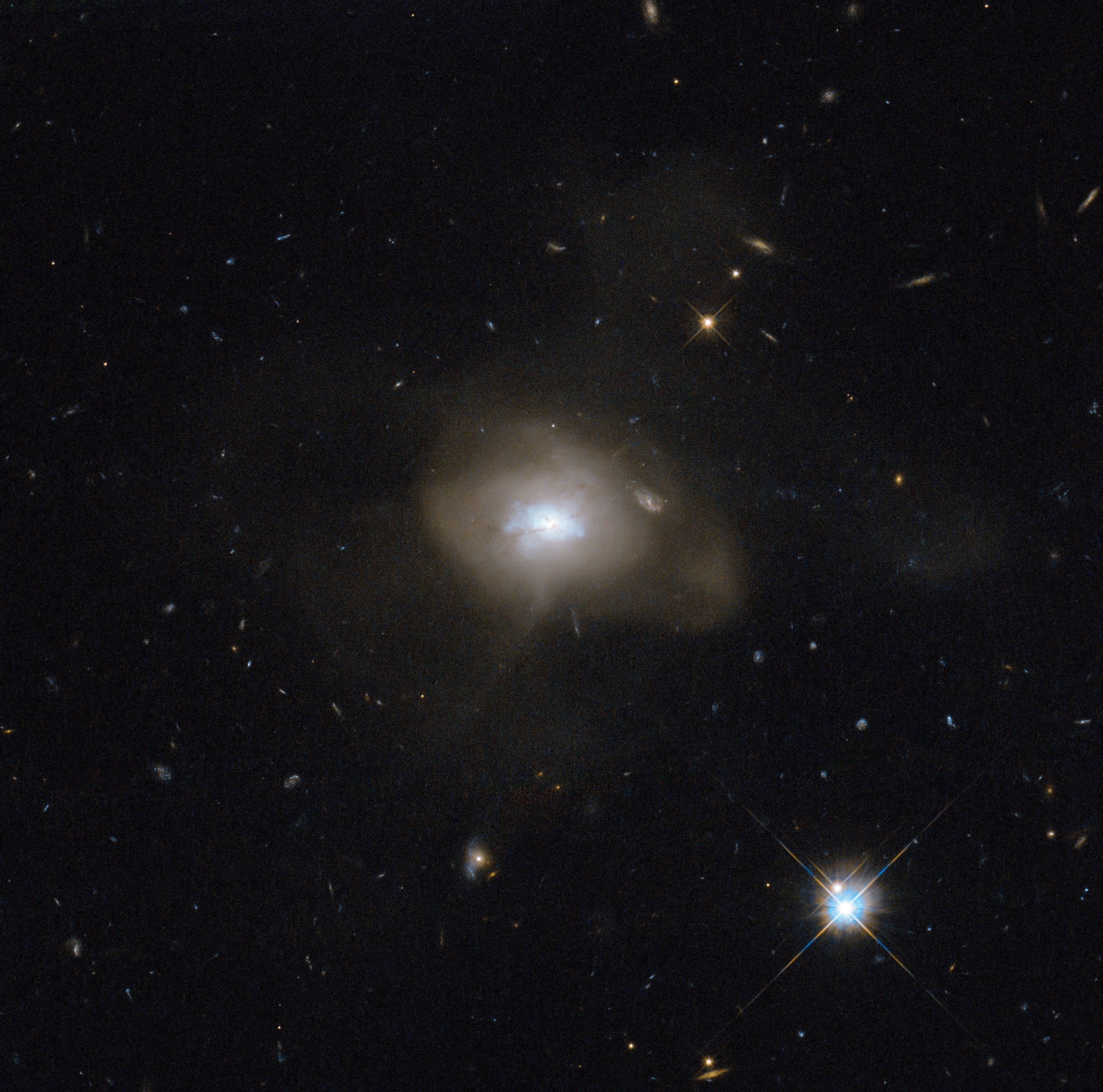
The NASA/ESA Hubble Space Telescope caught sight of a soft, diffuse-looking galaxy that is probably the aftermath of a long-ago galactic collision. Two spiral galaxies, each perhaps much like the Milky Way, swirled together for millions of years.
In such mergers, the original galaxies are often stretched and pulled apart as they wrap around a common center of gravity. After a few back-and-forths, this starry tempest settles down into a new, round object. The now subdued celestial body, cataloged as SDSS J162702.56+432833.9, is technically known as an elliptical galaxy.
When galaxies collide—a common event in the universe—a fresh burst of star formation typically takes place as gas clouds mash together. At this point, the galaxy has a blue hue, but the color does not mean it is cold: it is a result of the intense heat of newly formed blue–white stars. Those stars do not last long, and after a few billion years the reddish hues of aging, smaller stars dominate an elliptical galaxy’s spectrum. Hubble has helped astronomers learn of this sequence by observing galaxy mergers at all stages of the process.